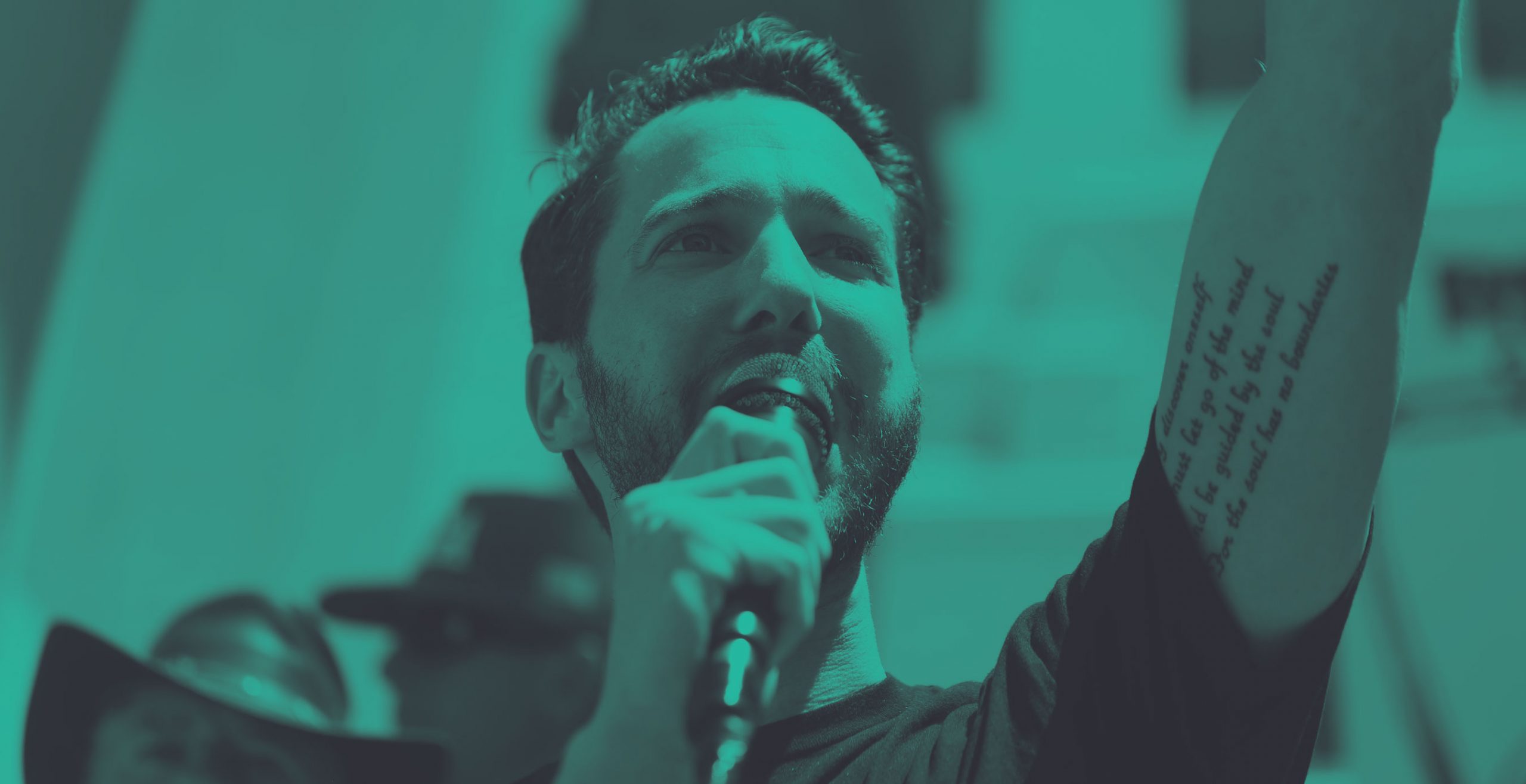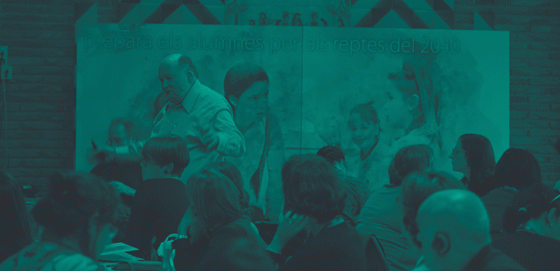By Ana Moreno and Toni Gallemí
All the ones who got to know Bob agree on his great qualities as a thinker, educator and friend, but we really know very little about his life before TBL. What was young Bob like, what about his youth? How did he get his start in thinking? How did he contribute to the improvement of education in the world?
Bob was born in 1936 into a devout Jewish family in one of the oldest towns in the United States, Sandwich, Massachusetts, he liked to say that he grew up by the sea. Since he was a child and later a teenager, he loved to ask questions about everything and also to think. At the age of 13, after the celebration of his Jewish coming of age, he decided to stop practicing, although in a certain way, he always felt linked to the history of the Jewish people. He explains that while on a trip, he wanted to visit the Red Sea and that he was moved by remembering the passage in the Bible, when Moses leads his people through the waters. A bit later, his parents moved to Boston and he attended the Boston Latin School, the oldest school in the country. From there he entered Harvard, where he studied philosophy and, a few years later, received his doctorate at the same university. He also studied for a time at Oxford and Cambridge in England and took the opportunity to hitchhike around Europe. One day he met another traveler who was on his way to Spain and asked him: “What’s in Spain?”, to which the traveler replied that “in Seville there is a fair”. So he went with him and fell in love forever with the country. Although he said he was not cut out for marriage, he married twice and from the first marriage had two children; Jen, as he called her, and Alexander. He worked at several universities, starting at two of them the philosophy department. He finally retired in 2002 as professor emeritus from the University of Massachusetts.
How does he enter the world of thought?
Bob himself tells the story of his first steps in education in an article requested by Harvard University, for a book written by distinguished alumni of the University on the 60th anniversary of his graduation.
In recognition of his contribution to the improvement of education, Harvard asked him to write his ideas on secondary school learning, for the chapter on education.

In it, Bob Swartz tells how it all began one day in 1976, when the direction of his professional life completely changed
By then, he was a full time professor and head of the School of Philosophy at the University of Massachusetts. Kevin O’Reilly, a high school history professor and good friend of his, invited him one day to sit in on one of his classes with his students. He wanted to show him something he had been planning for some time. At that time, they were studying the American Revolutionary War, specifically the battles of Lexington and Concord. They read the events in their history books, highlighting the following: “The British General Cage, who was on horseback, shouted: “Disperse immediately, rebels! Fire!”. And the British troops fired “killing eight patriots.” Afterwards, O’Reilly told his students that the night before he had been reading that same historical event in other books. And he read outloud one of them: “But in the confusion someone fired. The British returned fire and killed some ‘settlers.’ Then they marched on to Concord.”
Then O’Reilly put down the book and, talking to himself, said he didn’t know who to believe. “Who fired first?” Then the students began to wonder why. One pointed out that the second passage only said “someone shot,” but not who. But another student interjected by stating that the “colonists” started it because the text said that the British “returned” the fire. Then a student asked who wrote the second book, and O’Reilly told them the text was written by Winston Churchill (History of the English Speaking Peoples). When they remarked that it was an English author and that the book was published in the UK, they stated that “it must be the book that’s wrong.” O’Reilly asked them if they had never read a text published in the U.S. that was wrong, and indeed they had. O’Reilly urged them to think some more and make a list of things that might determine which of the two books was more reliable.
We won’t dwell on what happened next: the students conducted a long research on the authors, where they came from, where they had published, and so on. Even more suggestive interventions emerged. At the end of all the research they concluded that it was impossible to know who fired first and that the authors of the texts had invented their own story.
Swartz was impressed by the students’ reaction. In one simple class, Professor O’Reilly had armed his students with something they could use for a lifetime: critical thinking.
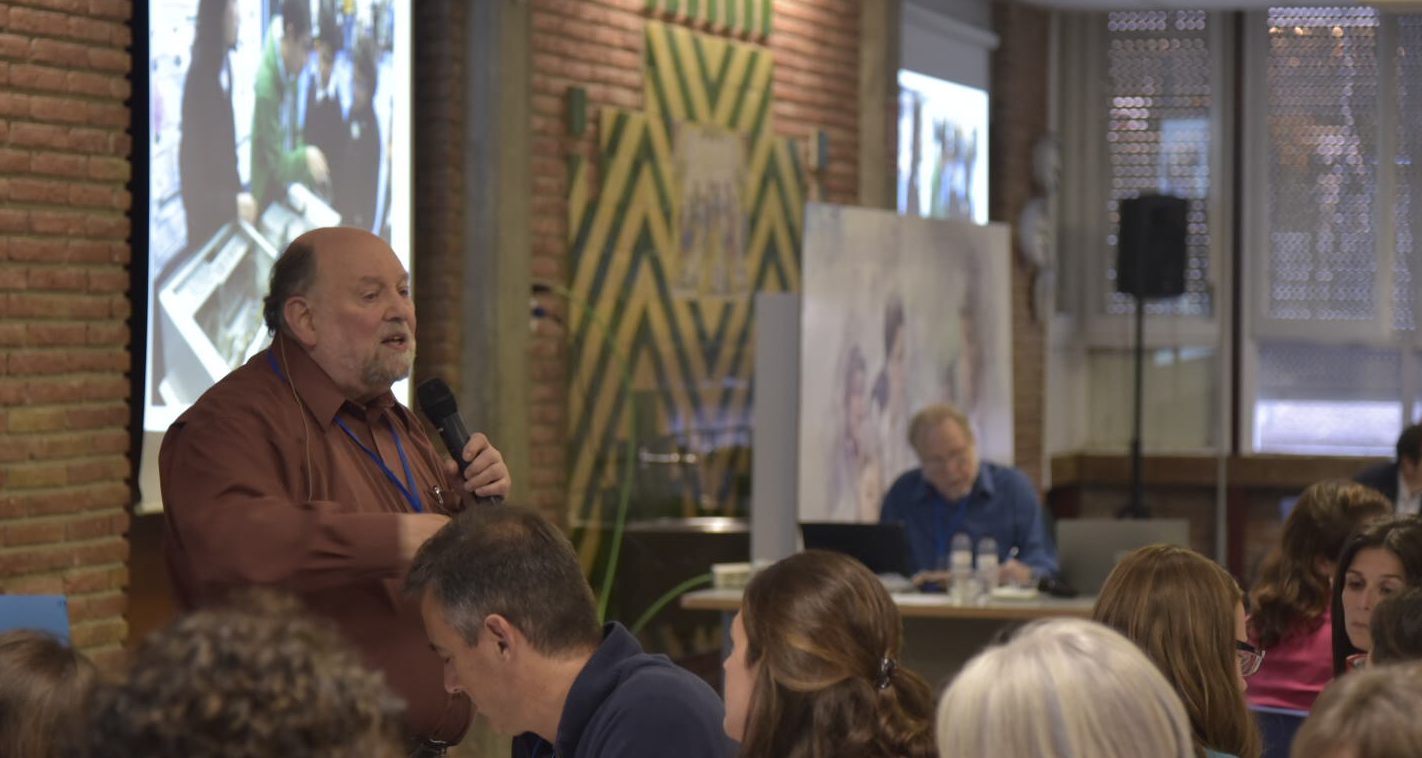
Swartz acknowledges that he looked to the findings of other researchers on “teaching how to think,” though implying that the primary thing was to develop a special set of thinking skills, such as carefully judging the reliability of sources. Through this research, Swartz developed a broad conceptualization of different types of thinking skills, using some categories from other researchers -analysis, synthesis, evaluation- but identifying in them specific types of thinking that people use every day (such as reliability of sources, judging what causes something to happen, predicting things, making decisions, and problem solving). As this learning framework was intended for students, research on new instructional methods was later developed for teachers to learn how to teach with this methodology.
The challenge, the goal of this study is not simply to learn how to do this kind of thinking but, above all, to use these thinking tools to foster engagement with what you are learning. It is not about teaching how to know something, but about, in a sense, falling in love with what you are doing.
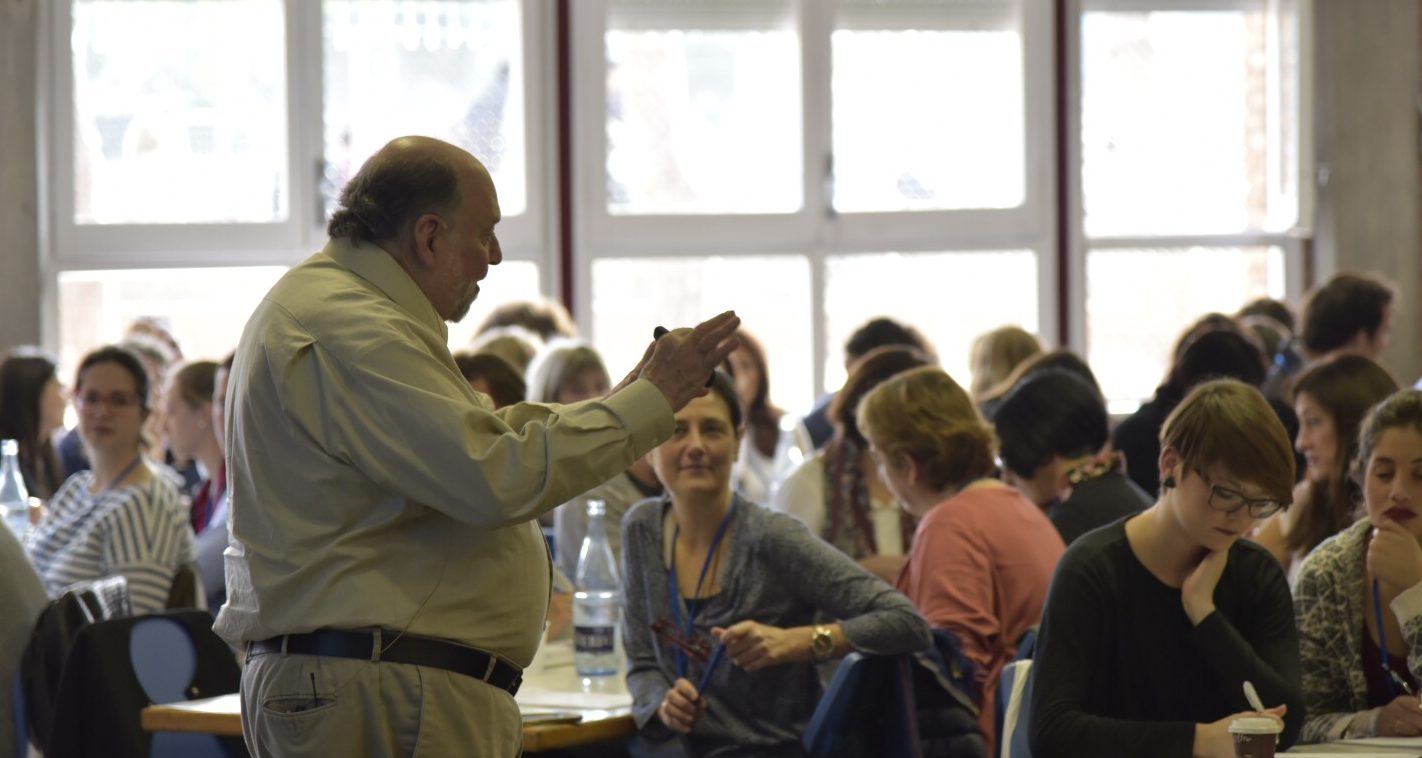
This learning, which could be perceived as closed, as it is “critical thinking”, is in no way in conflict with creative thinking. On the contrary, creativity that harvests new and original ideas is insightfully complemented by criticism.
Over the next few years, Swartz watched as teachers in different schools applied the new techniques, for example, through metaphors and expressions steeped in our culture, demonstrating that our language is tirelessly creative and can help us in our learning development. Teachers invited Swartz to their classes (in Lubbock, Texas; at La Vall and Montserrat, both schools in Barcelona; at Aixa, school in Palma de Mallorca; and even at a school in Lima, Peru). The techniques were applied indistinctly in art classes (through drawings or analysis of works), in literature (writing a poem) or in science (with the arrival of man on the moon).
These are just some concrete examples of Swartz’s time in the world of education, which began one day in 1976.
Swartz’s legacy is broad and extensive, and he has shown that good teaching can awaken in students the interest, motivation and enjoyment of what they are learning.
Also in teachers, who must be guides or, rather, gardeners who carefully and painstakingly cultivate the candid orchard that grows before their eyes and that, in a not too distant day, will bear new fruits.
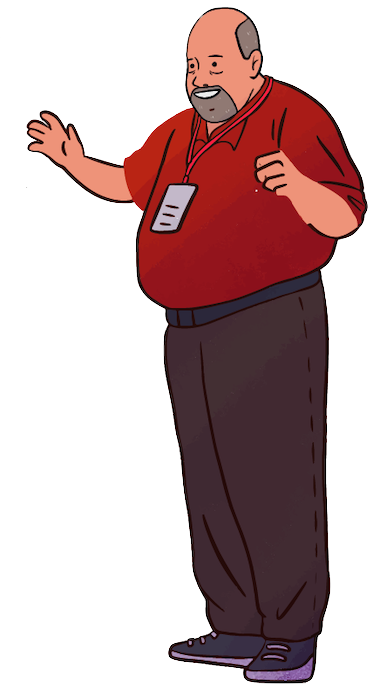
Why did he end up traveling around the world teaching people to be good thinkers?
I remember that, shortly before he died, when he was already in the residence, we had our last conversation by videoconference. As always, he was kind and affectionate, but I noticed something that I would not know how to explain. Something had changed, and I am not referring to his state of health, which had really worsened a lot; he could hardly see, it was difficult for him to follow the thread of the conversation… The truth is that, although he tried to smile and even be funny, I noticed he was sad. The previous month he had been in Sandwich, Massachusetts, the same city where he was born, and he had had to make important decisions, such as getting rid of all his things, and come to Madrid for good. For him that trip was a big farewell and his heart was touched. He told me that the effort had been great in every way, physically and emotionally.
I think it was the last time he talked about his beloved TBL. The idea was to interview him for an education magazine, but I decided to let him talk and tell whatever he wanted to.

I realized that he was really in love with his TBL, it was his life, his passion. For it, he had abandoned the comfort of a retired life, as a retired university professor emeritus, to travel the world helping children and young people to improve their way of thinking in order to have a better life.
I admired him then, now I know there was another reason and it also moves me and helps me to love him even more. Bob, our Bob, had a son, Alexander, whom he loved very much and who died in 2004 under tragic circumstances. For Bob this event was a hard blow from which he never fully recovered, he felt guilty for not having been able to help him, to be there for him when he needed him most. Bob carried him in his heart, he remembered him every day of his life. I think Alexander was the driving force behind his personal crusade to help children and young people make good decisions. It would be ideal if we all did the same and cared for his legacy, for the good it does to the world, for our friendship with Bob and for Alexander and so many like him who need someone to lend a helping hand.




